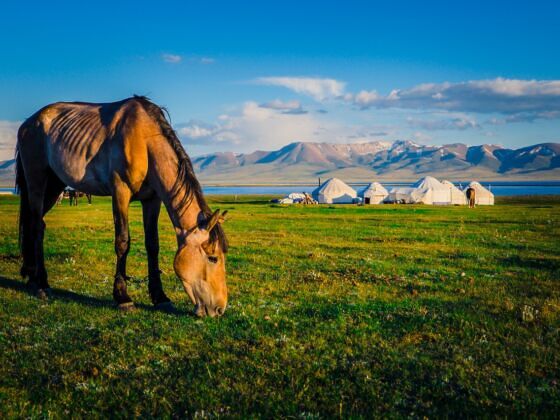Bishkek
Unless you’re driving in from China or a neighboring ‘Stan, every Kyrgyz trip starts and ends in the capital, Bishkek. The surrounding mountains may call out, especially once you’ve eyed up the Soviet concrete and rush-hour traffic, but they’re not going anywhere. Take a day or so to explore the city.
